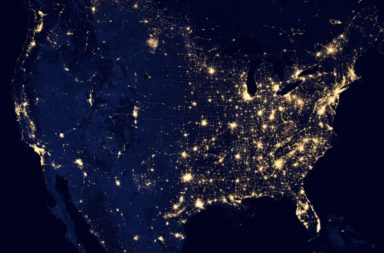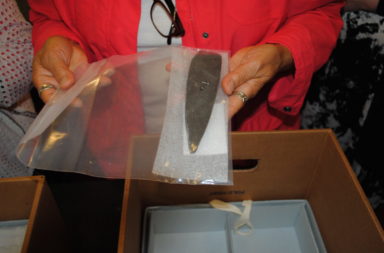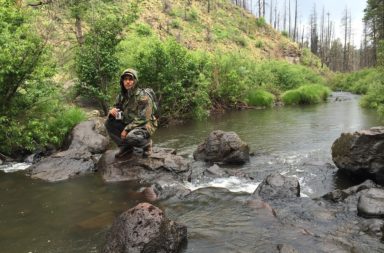Living in or relocating to one of the 10 best states for preppers may significantly increase your chances of survival. Does any one state offer absolutely every advantage to preppers? Not exactly, but the states that fit our list of criteria do offer distinct attributes that help pave the way for the creation of a sustainable and safe survival retreat or simply a perfect spot to buy a home to bug in.
Garnering a better understanding of what makes one state a potential haven for preppers and another either outright hostile or a poor choice, involves some significant factors that must be carefully weighed and considered.
Criteria
Each of these prepper state factors can have a substantial impact on how you engage in a self-reliance lifestyle and the impact a societal collapse will provoke.
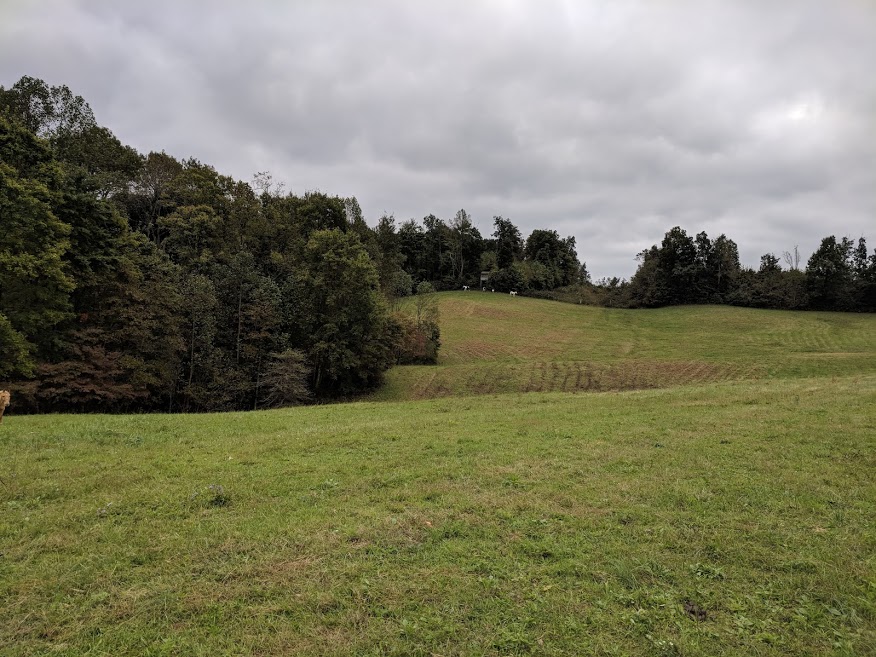 1. Population Density
1. Population Density
This is arguably the most important a factor to consider when determining a state’s viability for preppers. Even if all of the other criteria on the list are met, living in a state with a high population density, could likely cause your downfall – possibly within only a week after a SHTF disaster.
The head count on a marauding horde fleeing in a desperate panic to the countryside from the city matters…a lot. Even if you follow the general prepper rule of thumb and do not live near an interstate and at least 60 miles from a city, that surely may not be enough to save you during a doomsday disaster in a high population density state.
2. Land Prices
This one might seem like a no brainer for not just preppers, but anyone looking to buy a patch or land or a nice suburban home. I am a frugal gal who never likes to pay full price for anything, but for land consideration purposes, going bargain basement is not always a good idea.
That being said, we “stole” the 56 acres our sustainable survival homesteading retreat is situated upon – but it took us three years, my excellent negotiating skills, and some luck to do so. Our prepper retreat was a fixer upper, so we had to put more money into it after purchasing. But, we still got an incredible deal that left use with extra money to invest in making our place as fortified and sustainable as possible.
Sometimes in life you get just what you pay for, yet other times you luck out like we did. By all means, find a bargain on quality land if you can, just do not base your decision to purchase based solely on price.
Quality prepping will boast sustainable natural resources (water, wood, hunting, foraging, good soil for growing crops) and offer optimal OPSEC attributes.
Unless you also luck into a situation where someone has to sell quickly or heirs are simply disinterested in maintaining a property, the price tag on the land will likely directly correspond with its quality.
Research recent (past 12 months) of sales on similar land in the region before putting in an offer on the land. In most states, the county auditor’s office will have a free online search for comparable sales data, along with the property record card and tax history on every parcel of land, lot, or dwelling.
3. Climate
The climate conditions in the state will help you to better gauge not only how well and how long crops will grow, but what natural disaster threats are present in the state.
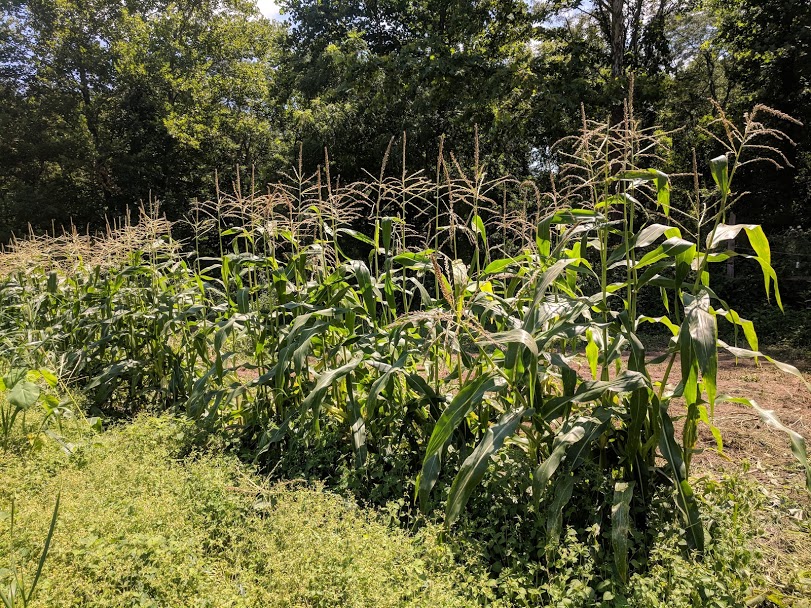 Rainfall and Flooding
Rainfall and Flooding
How much rain a state receives every year will have an impact on not only the growing season (both positively and negatively) but on the potential for flooding. States that are best for preppers will not have a high percentage of flooding, nor will it be prone to drought, and the creeks and ponds on any piece of quality land will remain full and healthy year round. It will be impossible to keep crops and livestock alive during a doomsday disaster if rain will likely be short supply and the creek is likely to run dry.
The western United States, with the exception of Alaska, is the least densely populated region in the republic, that is why so many preppers love the area. But some portions of this otherwise awesome prepper-friendly region, lack adequate annual rainfall, on average. Northern Idaho is one of the best spots for members of the survival community in the region that spans from the Mississippi River all the way to the sandy shores of the least prepper-friendly state, California.
Drought
As noted above, rainfall or the lack thereof, can kill you during a SHTF scenario. California has been attempting to recover from drought and near-drought conditions for about five years. The United States Drought Monitor website is a superb website to visit to check both historical and recent rainfall in a particular region of the country.
Snow
Oh that nasty cold stuff sure can ruin an otherwise robust fall crop in a hurry – or fresh seedlings in the spring. When searching for a best state for preppers to live, the average snowfall each year must be taken into consideration not just for crop growing purposes, but also because deep snow and frigid temperatures will inhabit road travel (even though during a SHTF event that might be a good thing) the ability to maneuver in the woods to hunt and find animals that have hunkered down, as well as ice that often accompanies snow storms and its impact on the flowing of creeks on your land.You stockpile of firewood or other types of stored fuels will diminish far more quickly in such a cold environment.
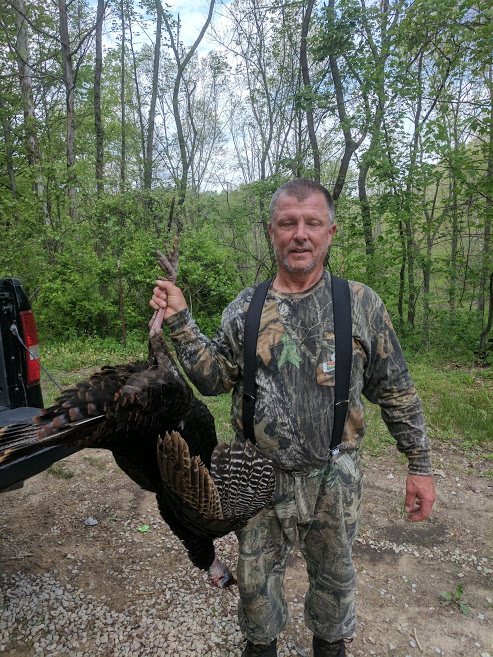
4. Crime
Preppers must consider the crime rate of a state overall before focusing on just one bucolic region that is relatively crime free. When the SHTF, those bad guys and bad girls who already commit violent crimes and theft, will feel even more emboldened to do so – and eventually local heroes will not be a concerted force to stop them. The only downside to my region is its relatively close (in country folks terms) to two if not four, prisons. It is simply not realistic to think all of the rapists, murderers, armed thugs, and child molesters inside those walls will remain their throughout a long-term disaster. The dedicated prison officers will not sacrifice the lives of their loved ones by leaving the alone to go and babysit convicts during a societal collapse.
5. Taxes
Preppers also should not choose to live in a state that relies upon high income and property taxes to function. Not only should you not want to be burdened by outlandish taxes because it steals money from your pocket that you could better spent elsewhere, it all illustrates poor fiscal management by state and local governmental agencies that could eventually tank the state or regional economy – and spark increased crime.
6. Cost of Living
Some of the best prepper states lose points for not only high taxes, and government burdensome regulation, but also because the cost of living is just too dang high. If you could buy the same quality land in another state or region, you should. Falling in love with land is an easy thing to do, but if living in the area where it is located will lighten your wallet during good times and inhibit your ability to purchase essential preps, just imagine how you will fair when an apocalyptic event actually occurs.
7. Government Regulation
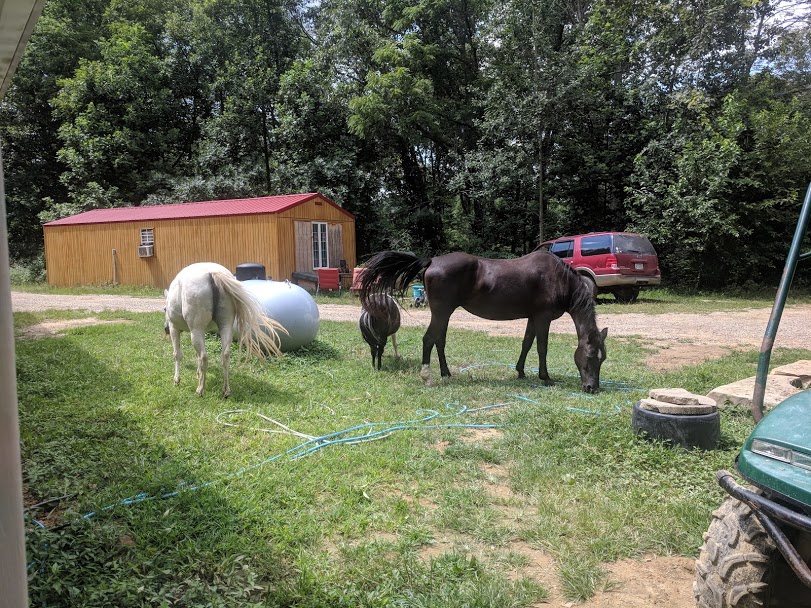
As noted above, some states boast far more government regulation and control than others – especially traditionally “blue” states. The level of government intrusion into our lives can also vary greatly by region. In my rural county, their is no building permit office, absolutely no zoning, and not a single homeowners association. Yet, just 15 miles away, nearly all of those tedious and non-essential agencies exist. States with robust government regulation are typically not welcoming of off the grid living and sometimes also ban rainwater collection even on your own land.
8. Natural Disasters
Technically, a tornado can occur anywhere in the United States, but occur far more in some regions than others. If you live in the hills of Appalachia or in the Great Smoky Mountain region, it would possibly be a once in a lifetime experience to even hear of a tiny tornado in your area. A state with a low percentage of historical natural disaster like tornadoes, earthquakes, tsunamis, floods, hurricane, and the risk of volcanic eruptions, should be at the top of your list for consideration.
9. Man-Made Disasters
How close do you live to some type of nuclear facility? It may shock you to learn that 32 states are home to nuclear power plants and waste disposal facilities. Even if your chosen state or the one you are considering relocating to does not have a nuclear facility, a storm that occurs not long after a nuclear event can blow deadly winds up to 125 miles in any direction.
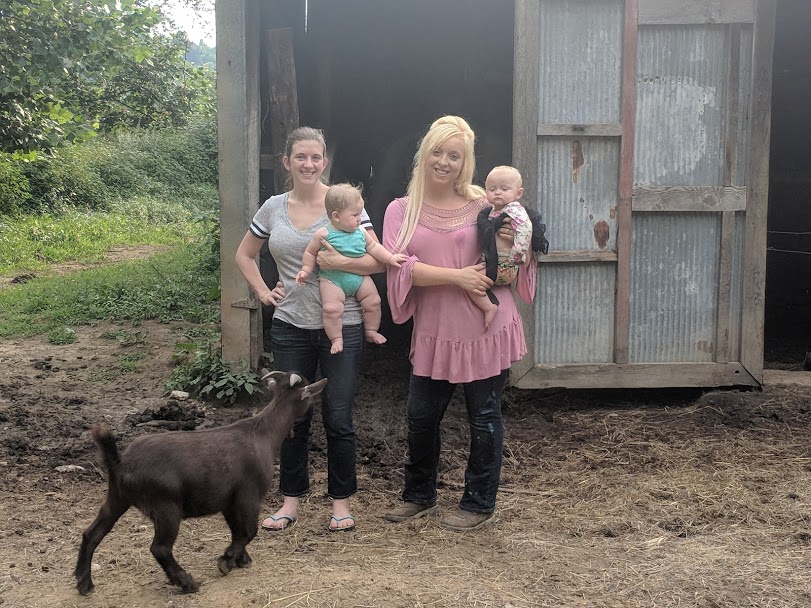
10. Homeschool Laws
Educating your children at home is now legal in all 50 states, but some states make you jump through far more hoops than others – and require parents to submit to government testing and oversight on an annual basis.
11. Gun Laws
This should be the most obvious factor to consider when determining whether a state or region is a logical choice for preppers to live. No prepper should ever willingly live in a state with Constitution-infringing gun laws, not have accessible concealed carry permits, or prohibit open carrying of firearms.
12. Culture
Who your neighbors are, how they live, how they think, and how many guns they have matters. When the SHTF, I have no doubt my neighbor-helping-neighbor community will band together and possess the skills and firepower to prevent marauding hordes from daring to cross our county line. Most of the folks here are at least half prepper, they just never thought to call themselves by the term. The vast majority of the population grew up hunting, fishing, shooting guns, hiking, trapping, foraging, growing their own groceries and preserving them. A multitude of counties like this still exist, you just need to go to a rural region to find them.
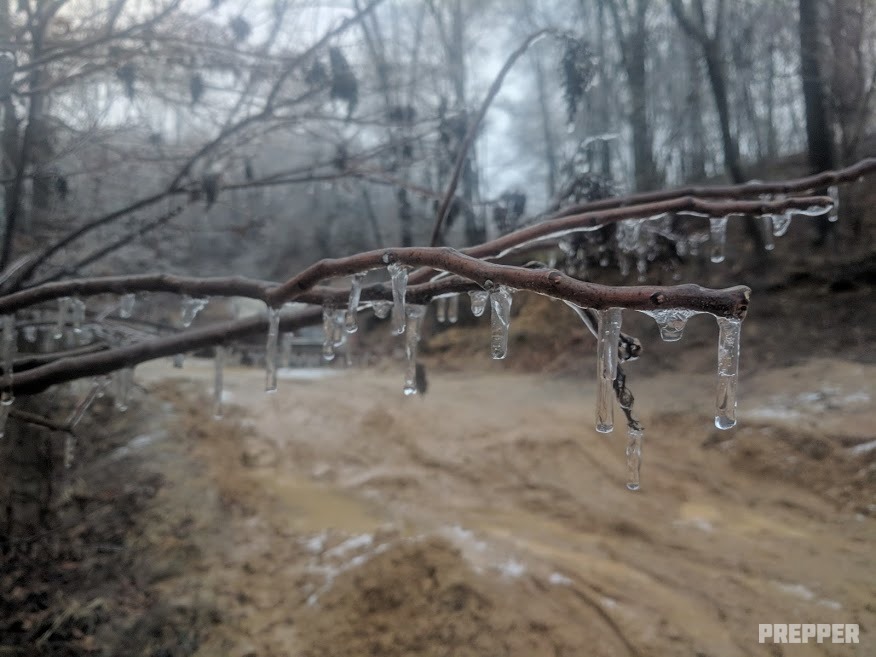
The Top 10 States for Preppers
The 10 best states for preppers all have many important survival-friendly factors in common and allow at least some type of off the grid living. If you live or relocate to one of these states, you will be able to carry your gun, homeschool you children, raise your livestock, and grow your own groceries without unnecessary government intrusion into your life.
Texas
The Lone Star State boasts affordable land prices for quality ground in rural and secluded regions. Texas is perhaps the single most gun friendly state in the republic. Not only does the state also benefit from an extremely long growing season, it also offers land that has large amounts of both rock and timber that can be used to build a home, fences, and outbuildings. Only the desert regions of Texas would be hostile places to attempt to survive and not enjoy the ample hunting that exists in other non-metropolitan areas of the solidly “red” state that has enjoyed a robust economy for decades.
Ohio
The Buckeye State is largely extremely friendly to both off the grid living and homeschooling. Crime rates are exceptionally low in rural areas and the overall state violent crime rate is below the national average. Land prices, taxes, cost of living, and government intervention are at their lowest in the southeastern portion of Ohio – where the best quality agriculture and timber land is located. The only real drawback to Ohio is the short growing season when compared to Texas and southern states. Typically the outdoor growing season does not begin until the end of May and the fall growing season concludes by the end of October for the bulk of traditional garden crops.
North Carolina
This is another state that offers a multitude of benefits for preppers once you maneuver away from tourist areas. The Black Mountain and Saluda region of North Carolina is a haven for preppers. Both private and public prepper networking groups abound in the state – making the state garner an “A+” on the culture scale. Land in the mountain region is affordable, boast quality hunting, growing, and timbering opportunities, and a low cost of living – outside of commercial campground areas. Prepper Camp, a 3-day full immersion into hands-on survival and homesteading training, happens each September in Saluda. The growing season in the state is longer than Ohio can offer, but not as lengthy as occurs in Texas.
Maine
Sure, liberal fanatics exist in an often great abundance in Maine, but not in the rural and secluded regions of the state. If you venture beyond the tourist laden areas, the cost of living in Maine is low, the land quality is high, and off the grid homesteaders are welcomed. Natural resources are in great abundance in Maine. Clear year round water flows in the creeks until harsh winter temperatures arise in some areas, rock and timber are also readily available on the land to use for building materials. Population density in the rural regions of the state are exceedingly low. The downside to living in Maine for preppers mirrors the check in the negative column for Ohio – the northern state has an short growing season (more so than Ohio) that would require greenhouse or other types of indoor growing.
Tennessee
This prepper state is as gun friendly as Texas and Ohio by and large, and also boasts a long growing season – about 260 days per year. The population density is low in the Volunteer State, as is the cost of living in rural areas. Ample hunting, fishing, and timbering opportunities also exist in the state. Collecting rainwater will not be a concern for off the grid preppers in this state.
Montana
It gets cold in this state, and snowfall will be an issue. Yet, Montana is still one of the 10 best states for preppers. Off the grid living is welcomed in the state, population density is low, and the culture in the state should provide preppers with copious amounts of like-minded neighbors. Montana also boast a low cost of living and a low crime rate statewide. Although the growing season is short in the state, indoor growing can help bolster food production in the farming-friendly state. Montana is a windy state, making the use of wind turbines both a legal and advantageous alternative energy option on survival retreats. Except in the grassland regions, timber is also readily available on quality plots of land – and the hunting in the state is superb.
Missouri
This might be the most off grid living friendly state in America. Rainwater collection systems are not under attack in the Missouri and current law does not have a plethora of government regulations pertaining to non-conventional septic systems. Quality agriculture land, an affordable cost of living, and an abundance of hunting and timber exists in nearly all regions of the state. The growing season in Missouri offers a great opportunity for fall gardening, as well.
Arizona
This state has a lot to offer preppers on all fronts except sustainable water in some regions and during drought-like conditions during the summer months. The growing season is long, outside of metropolitan areas and tourist regions the crime, taxes, and cost of living are low, and off grid living is not highly regulated. The climate in the state should make using solar power as an alternative energy source highly successful.
Oregon
One of the largest off the grid living communities calls Oregon home The Three Rivers Recreation Areas the Breitenbush Hot Springs area are home to an ever growing number of preppers. Quality and affordable land is most present in the Cascade Mountain region in the western portion of Oregon. Taxes, crime, and the cost of living are also lo in this region of the state.
Vermont
Homeschooling and off the grid preppers might not exactly be flocking to Vermont, but their numbers in the state are growing… and for good reason. The state boasts quality and affordable land in rural regions, water, rock, and timber are among Vermont’s most readily available natural resources, and the hunting outside of suburban and tourists areas is also abundant.
Before purchasing land in one of the 10 best states for preppers, plan a vacation to the region you have been browsing land listings for online. You can only learn so much clicking around websites or visiting local social media pages. A long weekend is simply not long enough to get to know both the area and the people.
Other important questions you’ll want to answer include:
- How many miles away is both the nearest major city and interstate?
- How many jails or prisons are located within 60 miles of your home?
- How close is the nearest nuclear power plant or waste disposal facility?
- How many inches of snow and rain does my region and state receive on average each year?
Purchasing a home or land to use as a refuge during a SHTF situation will be one of the most important decisions and largest purchases you will ever make.
Do not skimp on the research stage of the process, you really need boots on the ground and to mingle with the locals before signing you name on a real estate contract.
Once you’ve narrowed in on your state and region, check out our survival retreat articles for more expert advice. Good luck and Godspeed, fellow prepper!
